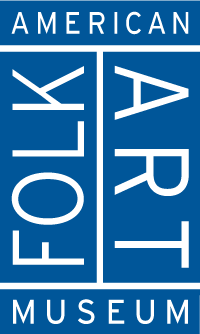Record Details
Dapper Dan
Show figures of the late nineteenth century were used for advertising purposes, usually placed outside an establishment that sold tobacco products. Often life-size and realistically carved, they were known for their humorous and satirical representations of well-known stereotypes. This example portrays Dapper Dan, a character famous for his careful attention to details of dress and appearance. Although the term was in wide use by 1911, when it appeared as the title of the popular song “Dapper Dan the Ladies Man from Dixie Land,” its genesis is still difficult to determine. One theory is that it derives from the Yale mascot, a bulldog named Handsome Dan, and dates back to 1899, but other theories suggest the phrase may already have been in use by time of the Civil War.
The name “Dan” appears on the top hat, and the fellow holds a staff with the characteristic stripes long associated with barbershops. The barber pole originated in Europe as an emblem of barber-surgeons, whose duties included some forms of surgery, tooth extractions, and bloodletting in addition to barbering. After the English barber-surgeon guild split into separate entities in 1745, the striped pole became associated with barbers, a tradition that still exists today. Although it is related to such popular types as the “Dude” or “Race Track Tout,” this unique figure does not seem to have come from a professional woodcarving shop, such as Samuel Robb’s concern in New York City.
Stacy C. Hollander, “Dapper Dan,” exhibition label for Self-Taught Genius: Treasures from the American Folk Art Museum. Stacy C. Hollander and Valérie Rousseau, curators. New York: American Folk Art Museum, 2014.
Object information is a work in progress and may be updated with new research. Records are reviewed and revised, and the American Folk Art Museum welcomes additional information.
To help improve this record, please email photoservices@folkartmuseum.org














